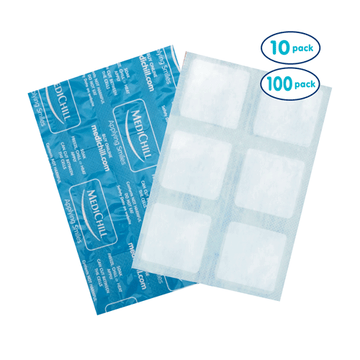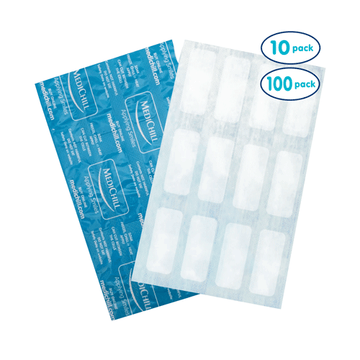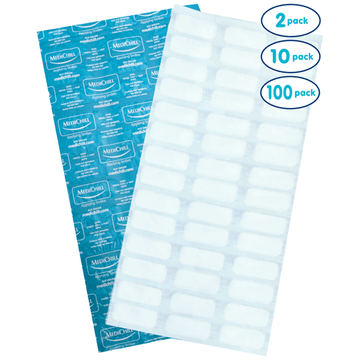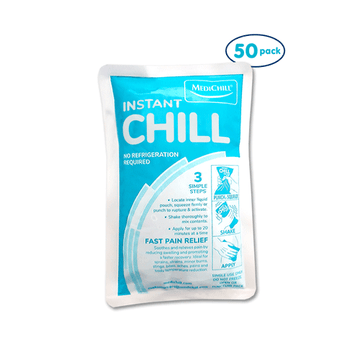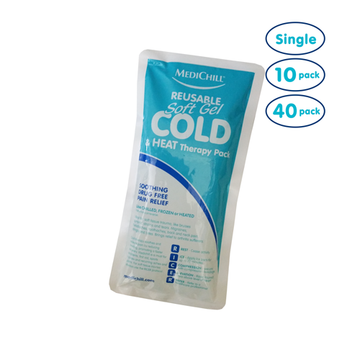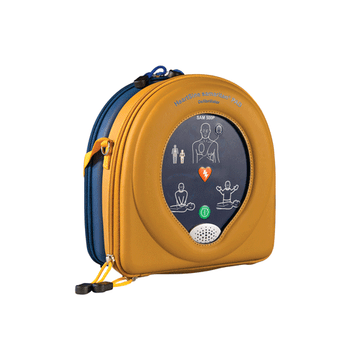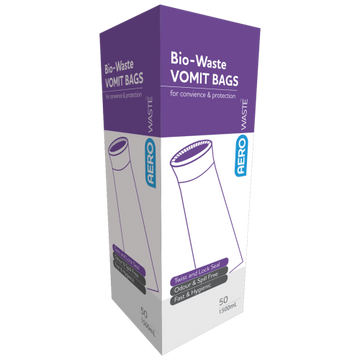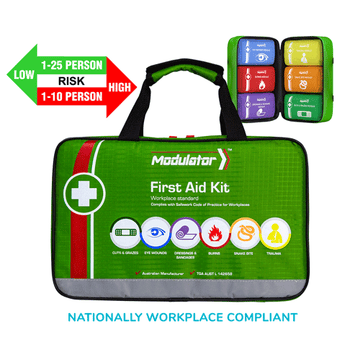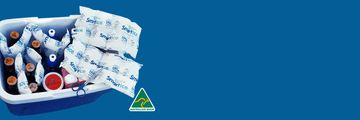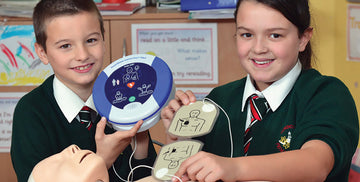
Every year approximately 30,000 people in Australia suffer from Sudden Cardiac Arrest (SCA) out of hospital, by using a defibrillator you can increase the chance of someone surviving from 6% to 74%.
Anyone, anywhere, at any time can be affected by SCA and every 1 minute that passes without defibrillation reduces survival rate by 10%. After 10 minutes the chances of survival are almost zero.
In Australia the average ambulance response is between 9 and 14 minutes, depending on which state you’re located in.
Which Defibrillator should I choose?
If you're considering buying an Automated External Defibrillator (AED) for your workplace, a public area, or your home, there can be a lot of information to take in.
So simply, one of best, if not the best AED on the market today is the HeartSine Samaritan 500P and is the one we recommend most, regardless if it's for a school, shopping centre, gym, office building or for the home.
The HeartSine Samaritan 500P is our recommendation – here’s why...
There are many reasons this life saving device is our number one recommendation when it comes to AEDs, however, the main reason is that it is the ONLY AED which provides CPR feedback based on a clinical assessment of the patient.
While many of today’s AEDs do provide voice prompts to assist the rescuer, these are often general and superficial instructions. The HeartSine 500P assesses the effectiveness of your CPR compressions and will tell you if you need to push harder, faster, or slower. This means you can be guaranteed you’ll be performing high quality CPR based on the patient’s needs and build.
Why is the clinical feedback of the HeartSine Samaritan 500P so important?
The Chain of Survival is the unanimously accepted approach to resuscitation, it states the following:

- Early Access (i.e., someone must get to the patient quickly and call 000)
- Early CPR (i.e., someone must perform effective CPR)
- Early Defibrillation (i.e., apply an AED)
- Early Advanced Care (i.e., get the victim into advanced medical care quickly)
If each link in the chain is completed to a high standard, the patient has the greatest chance of survival. However, without the HeartSine 500P there is still one week link in the Chain of Survival – CPR.
70% of all bystander CPR is ineffectively performed and this includes both lay and trained rescuers. This is because the rescuer has no way to make clinical determinations as to whether their compressions are effective. To complicate matters further, there is a huge differential of force required from patient to patient depending on their build - a six foot two, male, footy player will require more force than a five foot four, 60-year-old lady. We can’t impart all of this during training as it introduces complexity, and when we’re reacting during an emergency, simplicity is the key.
HeartSine Technologies spent years looking for the answer – and found it. The HeartSine Samaritan 500P takes clinical reading during CPR and provides the rescuer with feedback based on cardiac output and other clinical factors, ensuring to CPR provided is effective and make the weak link in the chain a strong one.
For more information about buying an Automated External Defibrillator (AED) then call us toady on 08 9242 1232 and speak to a member of our team.

